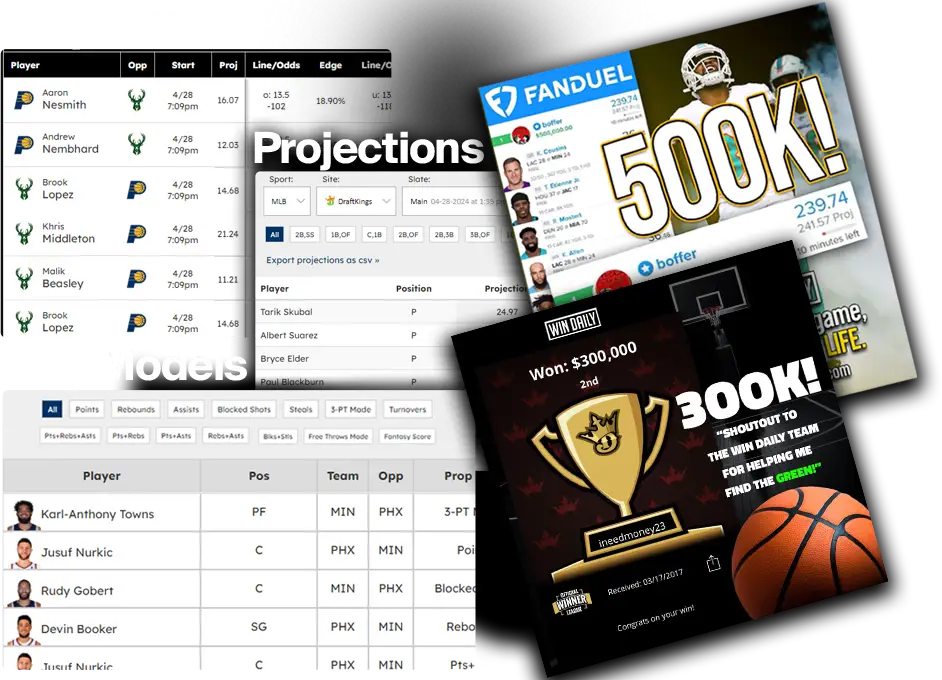There may not be a bigger debate in the MLB DFS community than whether the idea of BvP is real or not. BvP has caused many arguments in the MLB DFS industry. Touts everywhere have had to draw a line in the sand and declare if they were on #TeamBvP or not.
What is BvP?
What is BvP? It stands for Batter vs Pitcher. Specifically it stands for a batter’s previous performance against a certain pitcher. While the past performance is indeed true, the question of using BvP in DFS goes much further. The real question is if a batter’s past performance against a certain pitcher is a predictor of what will happen in future match-ups. And if we should responsibly use the information for DFS lineup decisions.
So is it real?
So is BvP real in MLB DFS? The answer is it depends. While that is not a definitive answer, it is the right answer. Here is the truth about BvP: It can be used as a stat for lazy touts. These touts can easily reference BvP and it makes them look like they researched the match up and can recommend a player as a good play. But what we must ALWAYS remember is that correlation does not imply causation.
On the other hand, BvP can also be used by very informed touts who are able to better find the correlation and causation to the success for a named batter. To better understand the difference, lets take a look at two cases of a batter and his history against two pitchers.
Case 1: Mike Trout vs. Hyun-Jin Ryu
In his career against left-handed Hyun-Jin Ryu, Mike Trout is 0 – for – 10 with four strikeouts according to Rotowire. If you are a strict BvP truther, there is no way you are building your DFS lineup around Mike Trout when Ryu is on the bump, right? But by now you should already be asking yourself if you should really be scared of Hyun-Jin Ryu.
According to FanGraphs, Trout had a .294 ISO, ,408 wOBA and a 161 wRC+ against southpaws in 2019. Sounds like Trout has had plenty of success against lefties so are we still buying the BvP numbers against Ryu?
While taking a look at Ryu’s 3.05 FIP and 3.44 xFIP versus righties in 2019 it is respective but certainly should not turn you immediately off Trout.

And as you dig deeper into the numbers, specifically what Ryu’s pitch selection is, we will see that Trout is very likely long over due for some positive regression against the left-handed pitcher in their next match-up.

According to Brooks Baseball, Ryu throw a fourseam fastball 24% of the time to right-handed batters in 2019. The southpaw also throw a change-up 31% of the time to righties last season.

And don’t you know it, Trout had a .300 ISO against fourseamers and a .556 ISO versus the change in 2019 according to Brooks Baseball. All of a sudden, Trout’s 0-for-10 BvP versus Ryu isn’t so intimidating is it? In this case the correlation just doesn’t fit the causation.
While this is probably another lesson for another day, but this is the perfect opportunity to get Trout at a lower ownership than normal because the lazy touts won’t think Trout is a slam dunk against Ryu because of a lousy 0-for-10 sample.
Case 2: Mike Trout vs. Felix Hernandez
When Felix Hernandez goes to sleep at night, he likely wakes up in a cold sweat courtesy of Mike Trout. The best player in baseball, and arguably MLB DFS, has had Hernandez’s number in their 88 at-bat lopsided battles.

The next time these two are to face-off, every DFS tout will be recommending Trout as perhaps the top play on the slate. And of course, they would be right. Consider though that many of those touts would just reference the BvP as the reason why. But once again, we will see that the correlation is not the causation. But instead, it is the type of pitcher that Hernandez is that leads to Trout’s success against him.

Using the image above it is easy to see that Trout crushes against non-power pitchers as defined by Baseball Reference. And guess what? Hernandez hasn’t been a power pitcher in a long time.

In fact he has not averaged over 90 MPH on a pitch type in two seasons. So while Trout would be a great play next time he faces Hernandez, be sure to look past the BvP numbers and see the real reason why.
MLB DFS: BVP Conclusion
While using Mike Trout as an example might be extreme because he is the best hitter in baseball, none the less, these two examples should help you decide which side of the BvP battle you need to be on. You can use the same research process to debunk or confirm the use of a bad hitter with a good BvP history against a certain pitcher.
The lesson here is simple: Dig deeper into the match-ups and numbers. Simply make sure the correlation implies the causation before you buy the hype from lazy touts.
Be sure to check out our MLB Season-Long rankings!






